This post has been moved to OpenChutes.com. All future postings of Powwows, Indian Relay Races, Rodeos and Rendezvous will be posted there from now on exclusively. So if you’re looking for new images and posts for all those events attended this year, plus all the old posts posted on BigShotsNow.com check out OpenChutes.com. See you there!
Crow Fair is here again. This is the 97th year that it has taken place on the banks of the Little Big Horn river. It is billed as the Teepee capital of the world and it lived up to its name again as there were over 1200 lodges set up. That would be one thousand two hundred teepees. That is a lot of teepees. The camp is located between Custer’s Last Stand, or the Little Bighorn Battlefield National Monument as it’s officially known, and extends along the river to the edge of the town of Crow Agency in Montana. That’s a distance of a little under three miles and maybe ¾ of a mile deep.
The official starting date for all the ceremonies and festivities was August 12th and lasted until August 17th, but as you can imagine an endeavor this large didn’t happen overnight. For a couple of weeks in some cases, the participants began moving in and setting up their lodges, creating a camp that hasn’t been seen on this scale since probably 1876. All of the teepees have been set up according to family groups and were usually grouped in a circle if possible with an arbor made of poles set in the ground to form a rectangle in the middle. This framework was then covered with fresh-cut branches with their leaves still green to cover the framework and provide shade. As you walked through the camp you could see family groups sitting at the tables having a meal or simply talking to while away the hours between activities.
They also brought their horses and they were kept in pens set up near the lodges where they could be fed and cared for. In the morning and evening the kids were given the task of seeing that the horses were watered. This meant riding them bareback, usually while leading another, down to drink out of the Little Bighorn river. The only difference between now and a hundred years ago were the clothes the kids wore. Lots of jeans and t-shirts and tennis shoes. Lots of smartphones too. It was not unusual to see a youngster riding a horse down to the river texting on the way. Many of the horses seemed to find relief in the cool water and would venture out midway into the river to stand for as long as they were allowed to. Some of the kids were not averse to jumping in the water either as there were several days when the temperature was over 100°.
Over the next few days we’ll be bringing you highlights from the Crow Fair and Rodeo. There was singing and drumming and non-stop dancing. People dressed in regalia that many made themselves. There was ceremony and traditions paid homage to, and most of all a gathering of the Crow people to celebrate their lives and history. Stay tuned.

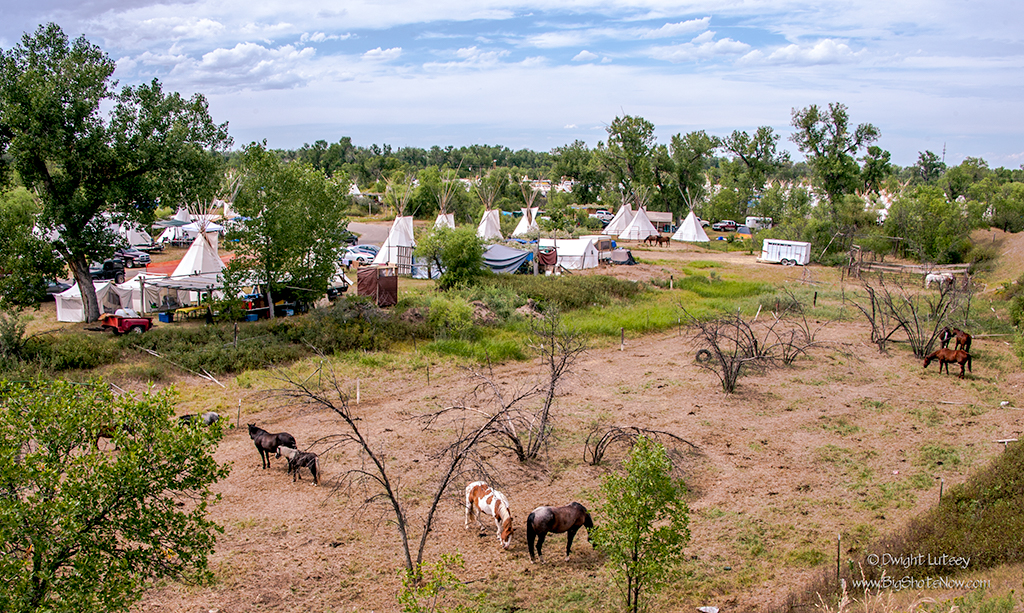
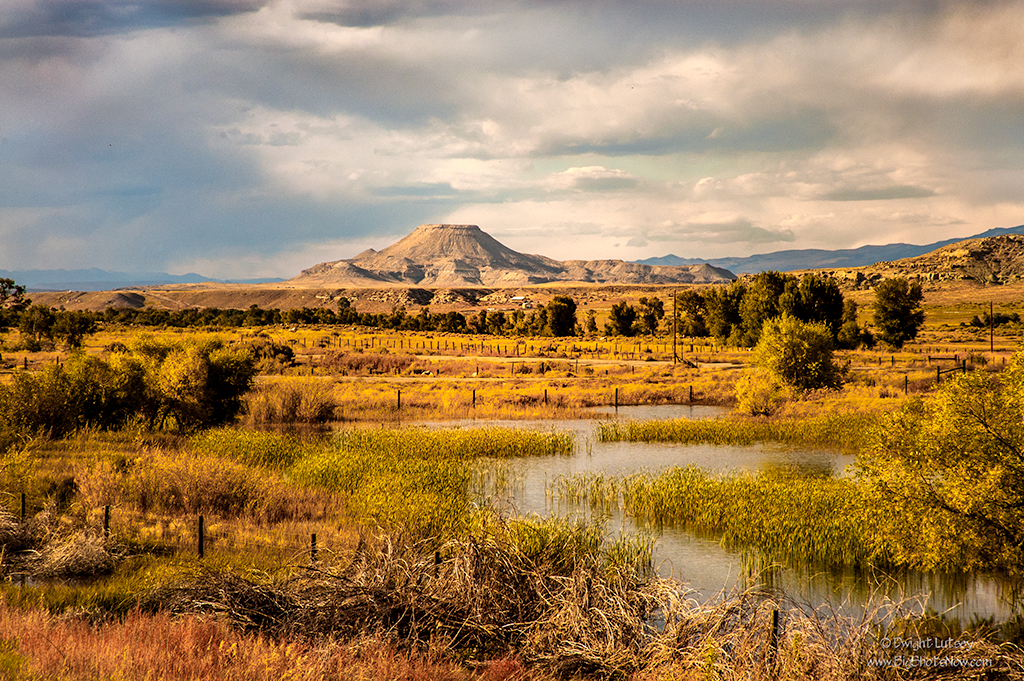
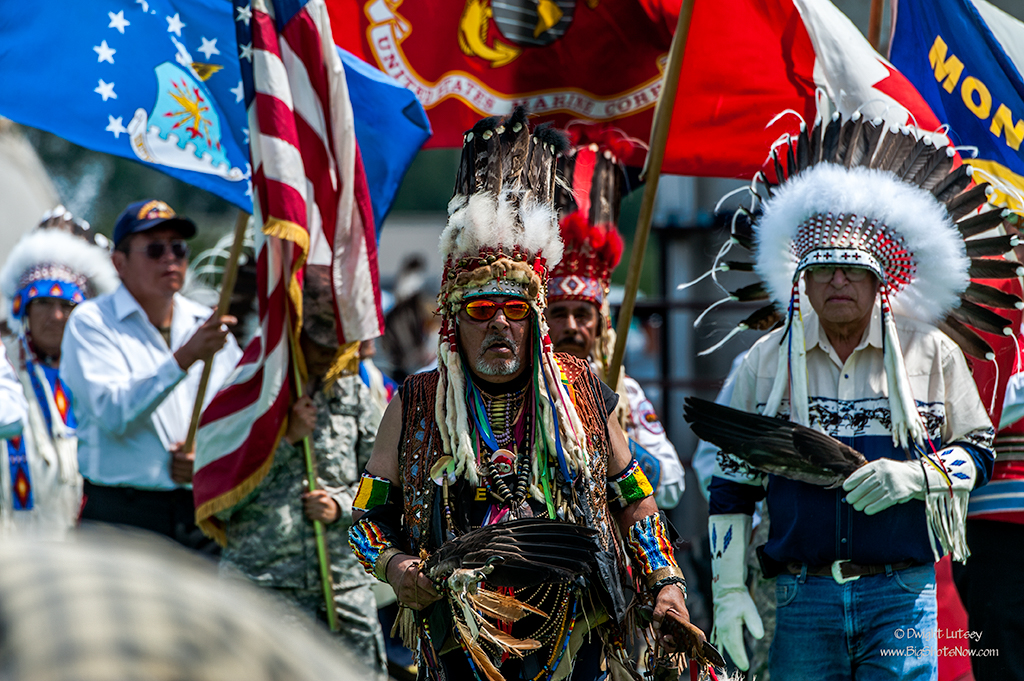
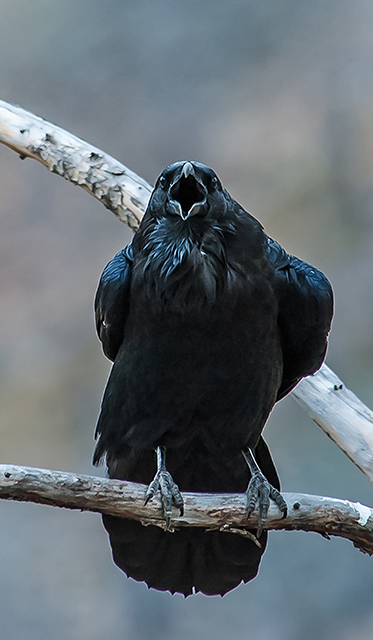
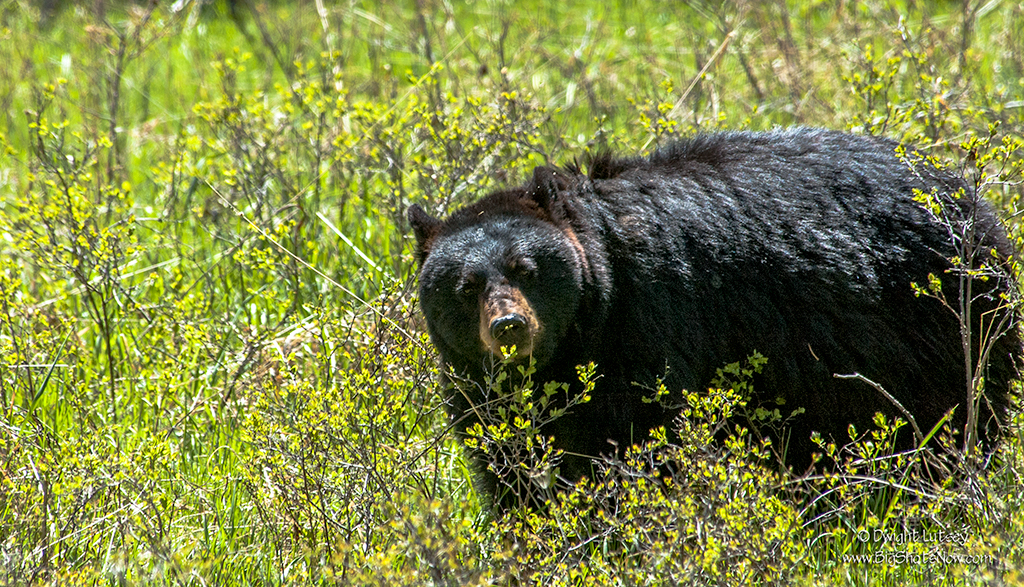
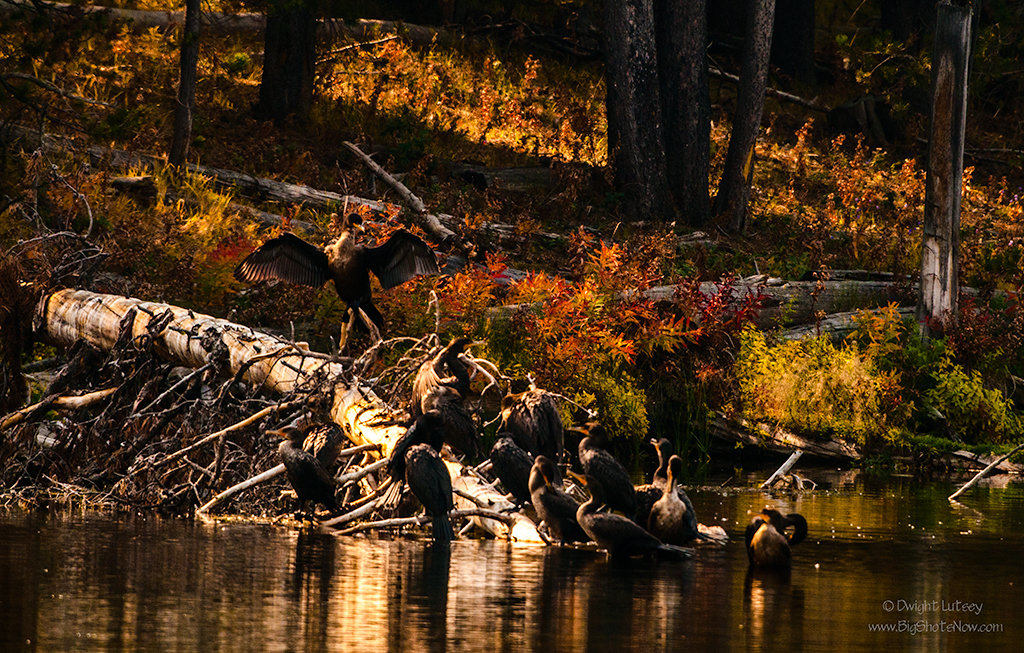
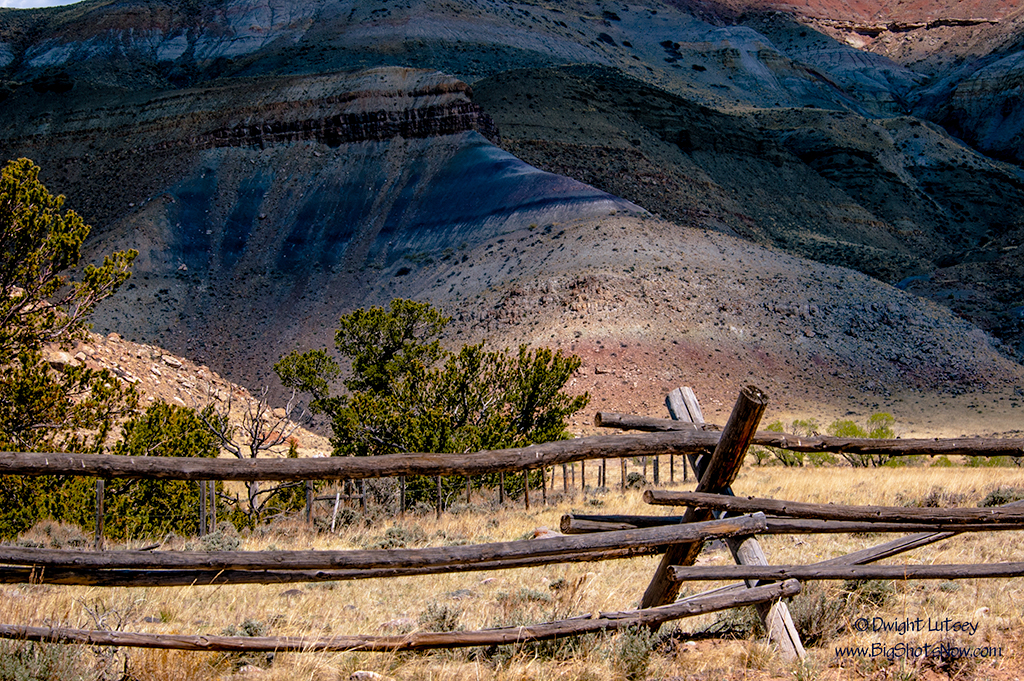
You must be logged in to post a comment.